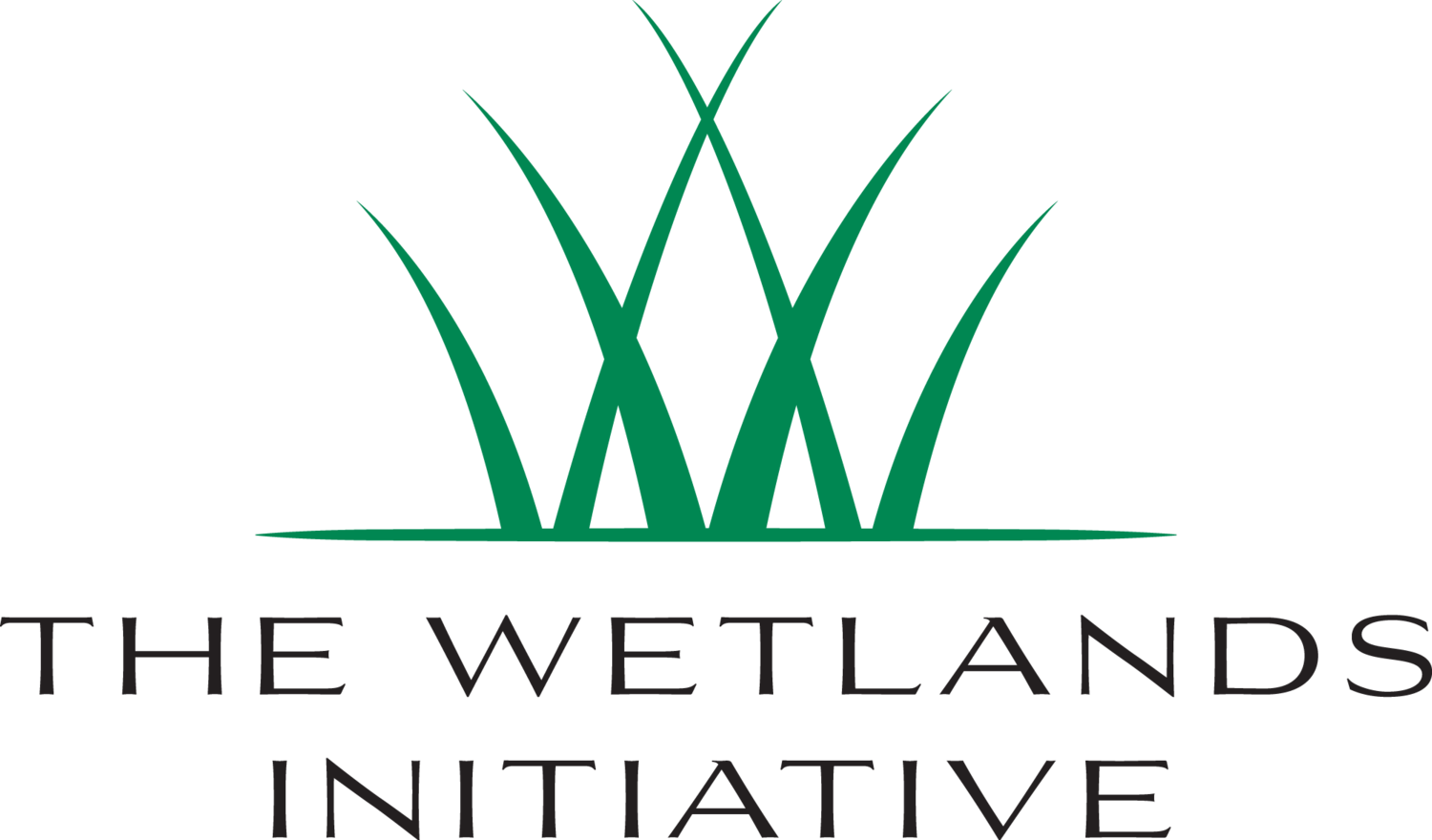High Biodiversity
Wetlands have been called “biological super systems” because they produce great volumes of food that support a remarkable level of biodiversity. In terms of number and variety of species supported, they are as rich as rainforests and coral reefs. Their combination of shallow water, high levels of nutrients, and high primary productivity (the amount of biomass produced) is ideal for the development of organisms that form the essential base of our planet’s food web.
The food web supports myriad species of birds, fish, amphibians, shellfish, and insects. According to the Illinois Department of Natural Resources, countless species depend on wetlands:
Many frogs thrive in the restored wetland habitats at the Dixon Waterfowl Refuge.
- 105 bird species depend upon, or are strongly associated with, wetlands in Illinois; an additional 169 bird species use wetlands in Illinois opportunistically for nesting, foraging, and resting.
- 46 of the 59 mammal species in Illinois use wetlands to some extent.
- 37 of the 41 amphibian species in Illinois depend upon wetlands at least part of the year.
- 47 of the 60 reptile species found in Illinois use wetlands to some extent.
TWI has reintroduced federally endangered leafy prairie-clover at Midewin.
Two of TWI’s restoration sites are particularly well known for their high level of biodiversity. Almost 300 bird species have been observed at the Dixon Waterfowl Refuge in north-central Illinois, while the restored wetland–prairie landscape at Midewin National Tallgrass Prairie near Joliet supports some species found almost nowhere else, including federally endangered leafy prairie-clover. Both of these nature preserves are open to the public so you can experience their diversity firsthand.
Click here for Dixon Waterfowl Refuge species lists
Click here for Midewin species lists
